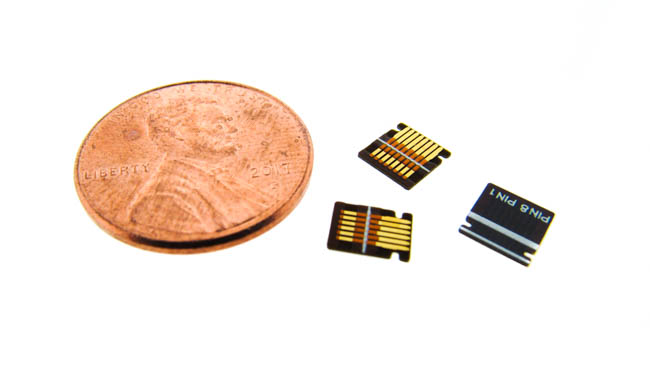

In this case, a double-layer or even multilayer circuit board is needed. Double-sided flexible PCB is also the one we have seen and used the most.ĭouble-layer Flexible Circuit Board: When the circuit is too complicated, a single-layer flexible circuit board cannot be wired, or copper foil is required for grounding shielding. Its raw materials are copper foil, cover film, and transparent glue. Although it is similar to a single-layer flexible circuit board, its manufacturing process is very different. Usually, its raw materials include a substrate, transparent glue, copper foil, protective film(Cover lay), etc.ĭouble-sided Flexible Circuit Board: There are pads on both sides of the double-sided flexible circuit board, mainly used for connection with other circuit boards. Single-layer flexible circuit board: This is the simple structure of a flexible PCB. However, its price is relatively high, and it is generally only used on high-demand occasions, such as COF (chip on film, bare chip mounted on a flexible board) and so on.Īccording to the structure, FPC can be divided into: In comparison, its flexibility, The bonding strength of copper foil and substrate, the flatness of the pad, and other parameters are better than the flexible PCB with glue. In non-adhesives flex PCB boards, hot press the copper foil and the substrate together. Testing & Inspection Methods for PCB and PCBAĪccording to the combination of base material and copper foil, FPC can be divided into:ġ) Adhesive Flexible Circuit Board: It means that the copper foil and the substrate are glued together by glue, which is also a standard flexible printed circuit board we use.Ģ) Non-adhesive Flexible Circuit Board: The combination method differs between adhesive and non-adhesive flexible boards.


 0 kommentar(er)
0 kommentar(er)
